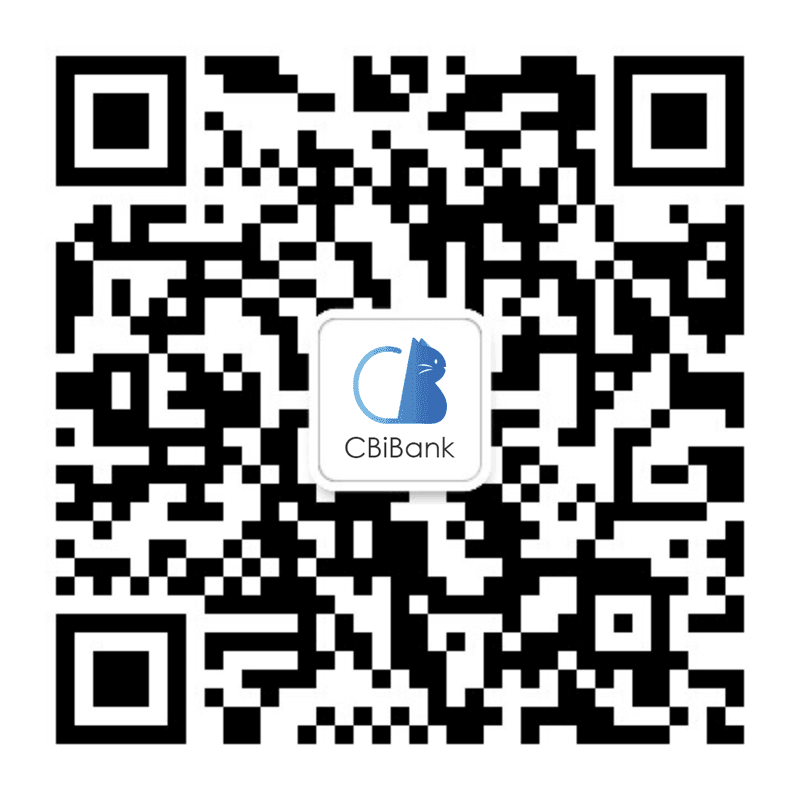How Many Payment Methods Are There for Foreign Trade?
If you’ve just stepped into foreign trade, one of the first questions you’ll face is: “how many payment methods are there for foreign trade?” The answer is five main types, but each comes with its own rules, risks, and learning curve. Let’s break them down clearly and also see how tools like CBiBank corporate accounts help businesses stay efficient and compliant.
🔑 Five Main Payment Methods
1. Bank Transfer (SWIFT)
The most common way: buyers transfer money directly to a seller’s bank account via the international SWIFT network.
2. Letter of Credit (L/C)
A promise from the buyer’s bank that guarantees payment once shipping documents meet the agreed conditions.
3. Documentary Collection (D/P or D/A)
Banks handle the transfer of shipping documents in exchange for payment or acceptance.
4. E-Commerce Platform Payments
Payment is processed inside the platform (Amazon, eBay, etc.), and sellers withdraw through designated accounts.
5. Corporate Accounts with International Banks
Modern foreign trade increasingly relies on accounts like CBiBank that support global transfers in multiple currencies.
👉 Learn more about CBiBank corporate accounts
⚙️ Fresh Key Considerations
1. Regulatory Compliance
⚠️ Many exporters underestimate compliance requirements. Banks and customs authorities monitor international transfers closely. A regulated corporate account like CBiBank reduces compliance risks and provides proper documentation when needed.
2. Speed of Settlement
It’s not just if you’ll get paid—it’s when. Some methods like L/C can take weeks, while others (corporate accounts with international banks) allow settlement in just a few days. For SMEs, speed often determines whether they can rotate funds quickly enough to fulfill the next order.
3. Fraud Prevention
Payment fraud in cross-border trade is a real risk—fake remittance slips, phishing, or buyers disappearing after shipment. Using traceable payment methods and corporate accounts offers better fraud protection compared to informal channels.
4. Documentation & Paperwork
Every method comes with different paperwork:
L/C → strict and detailed documentation.
Bank transfer → minimal paperwork but requires accurate account info.
Corporate accounts like CBiBank → streamlined online documentation and clear transaction records.
Proper documentation ensures both smoother customs clearance and reduced disputes.
5. Scalability for Growing Businesses
For small deals, simple bank transfers may work. But as transaction volumes grow, businesses need accounts that can handle larger inflows, multiple currencies, and ongoing settlements. This is why many SMEs eventually shift to stable corporate accounts.
❓ FAQ
Q1: How many payment methods are there for foreign trade?
There are five: bank transfer, letters of credit, documentary collections, platform payments, and international corporate accounts.
Q2: Which method is the fastest?
Corporate accounts like CBiBank generally process payments faster than letters of credit or documentary collections.
Q3: Do all methods provide equal security?
No. Letters of credit offer strong protection but are slow, while regulated corporate accounts balance both speed and security.
Q4: What’s the biggest mistake new exporters make?
⚠️ Relying on unregulated third-party channels because they look cheap. This often leads to frozen funds or fraud.
Q5: Is opening a CBiBank corporate account complicated?
Not at all. It can be done online and usually takes just 1–3 business days.
📝 Conclusion
So, how many payment methods are there for foreign trade? The answer is five main ones, but the best choice depends on your business size, client type, and risk tolerance.
Traditional methods like bank transfers and letters of credit are reliable but often slow and costly. Platform payments are convenient but limited. For companies that want to scale efficiently, CBiBank corporate accounts stand out—supporting multiple currencies, speeding up settlement, and keeping everything compliant and traceable.
In the end, the smartest exporters don’t just ask “how many methods exist”—they ask “which method will keep my business running smoothly five years from now.”
Related articles

 WeChat of CBiBank
WeChat of CBiBank